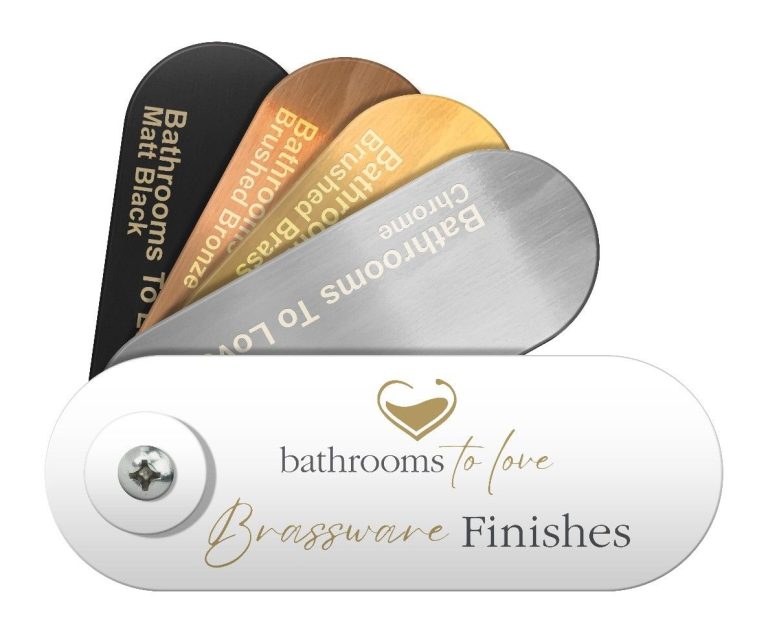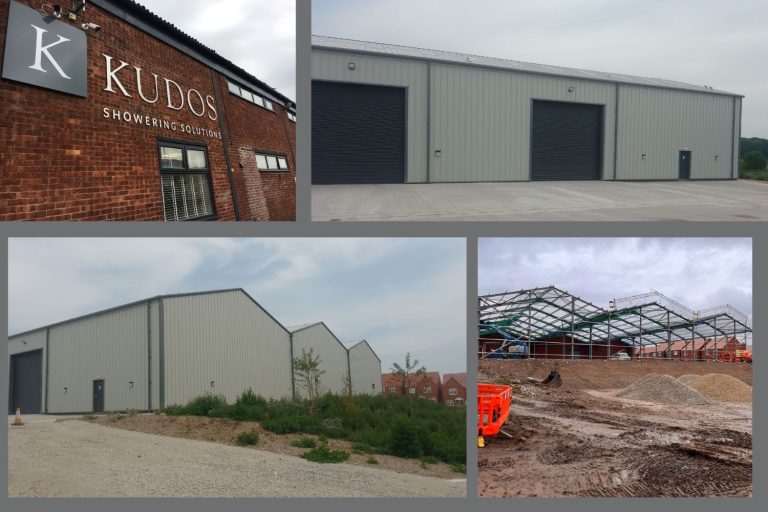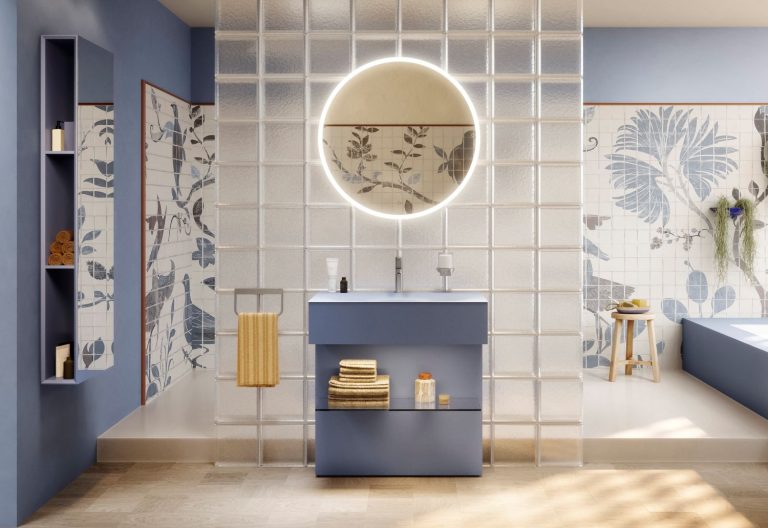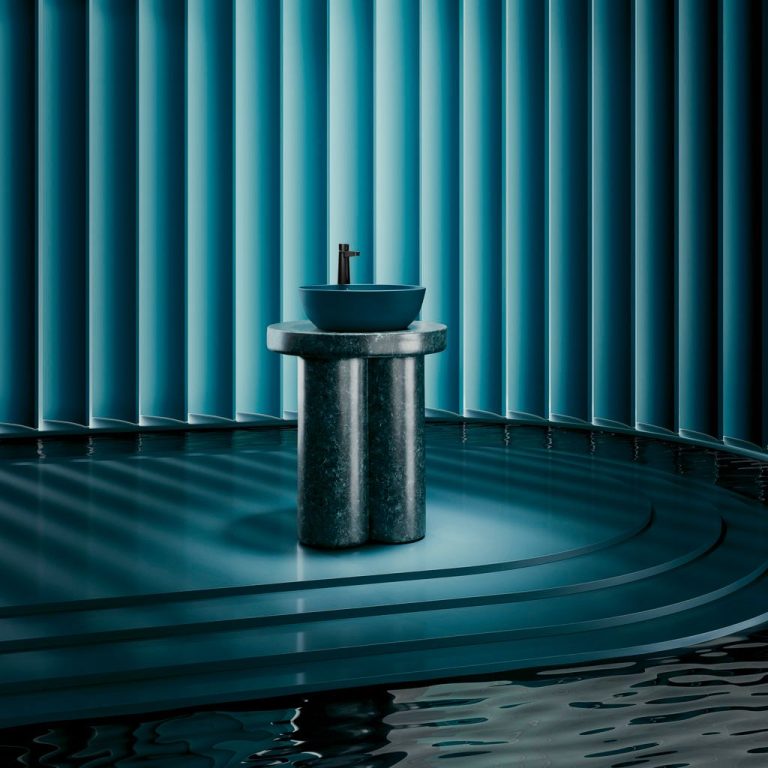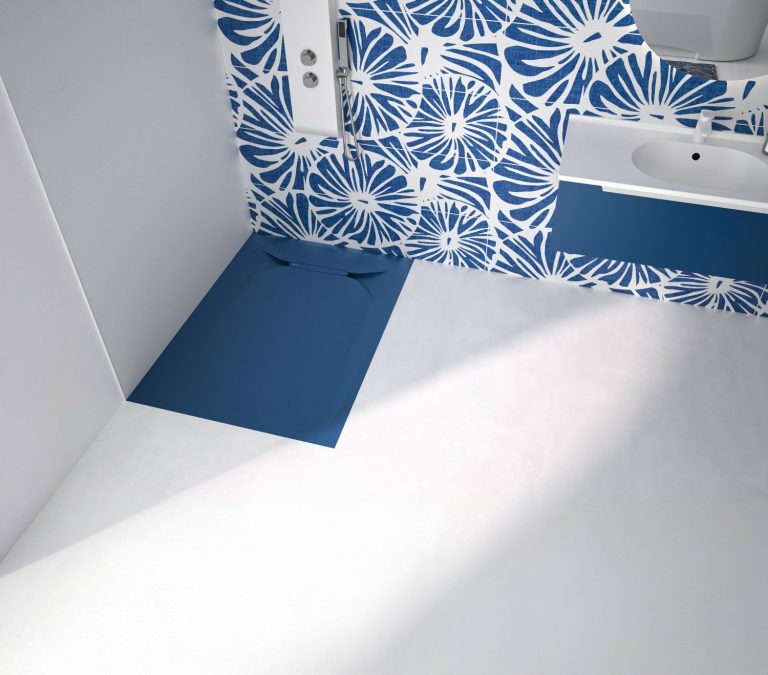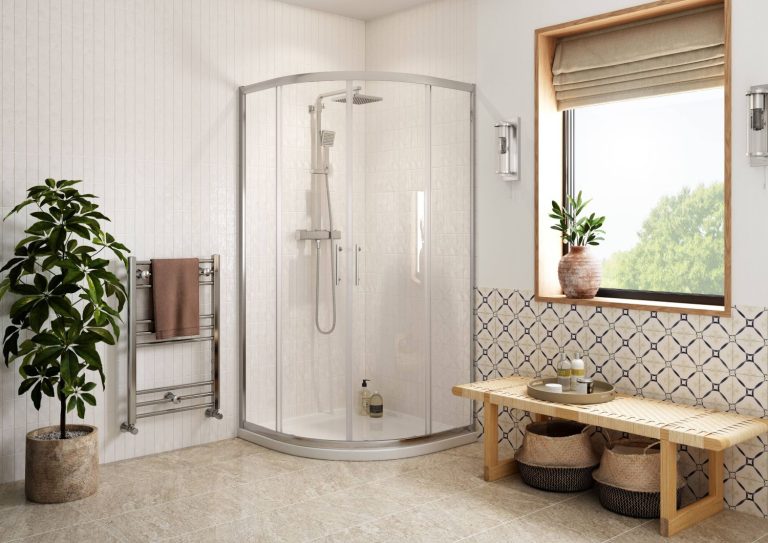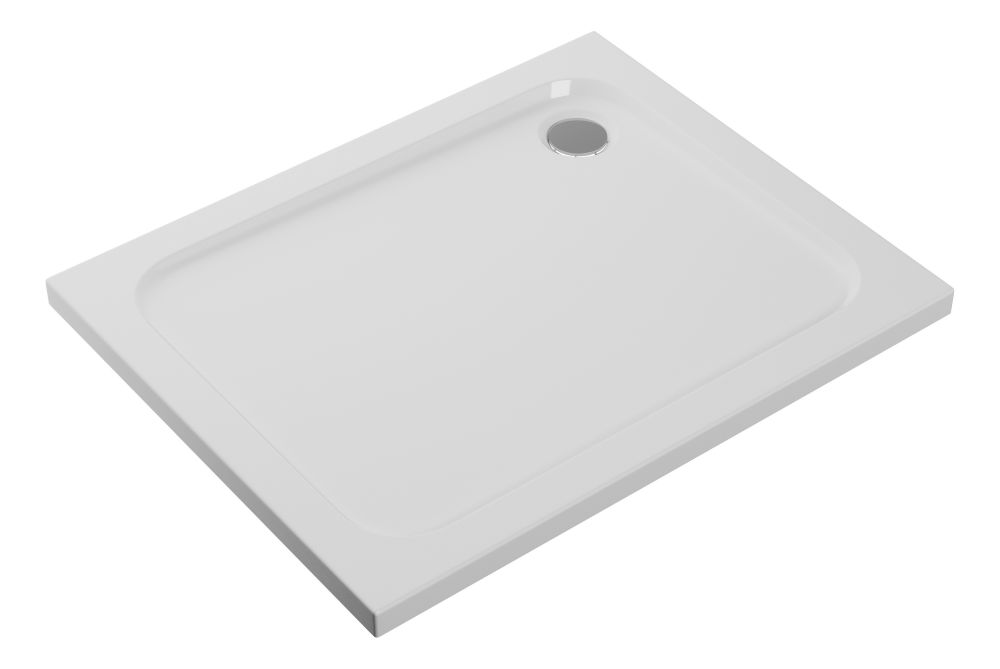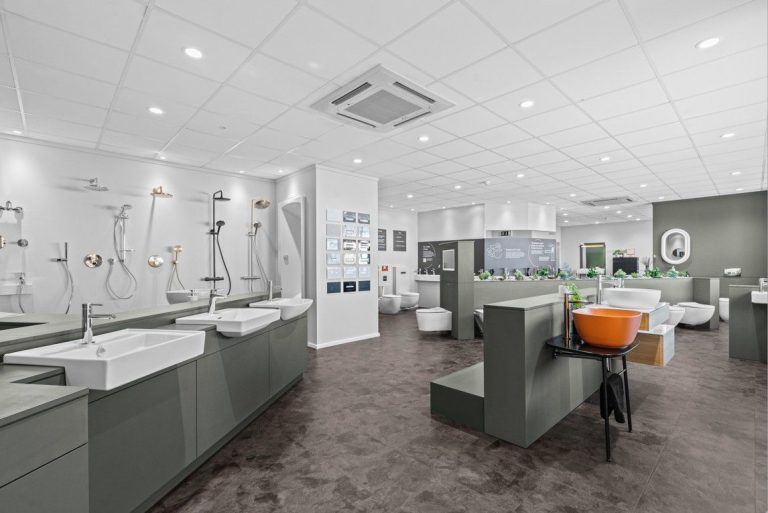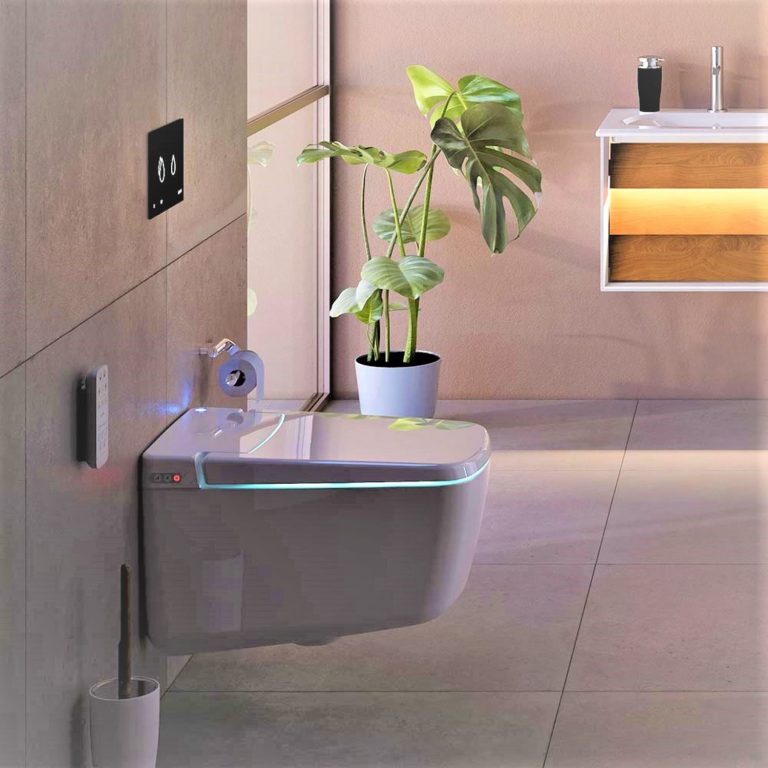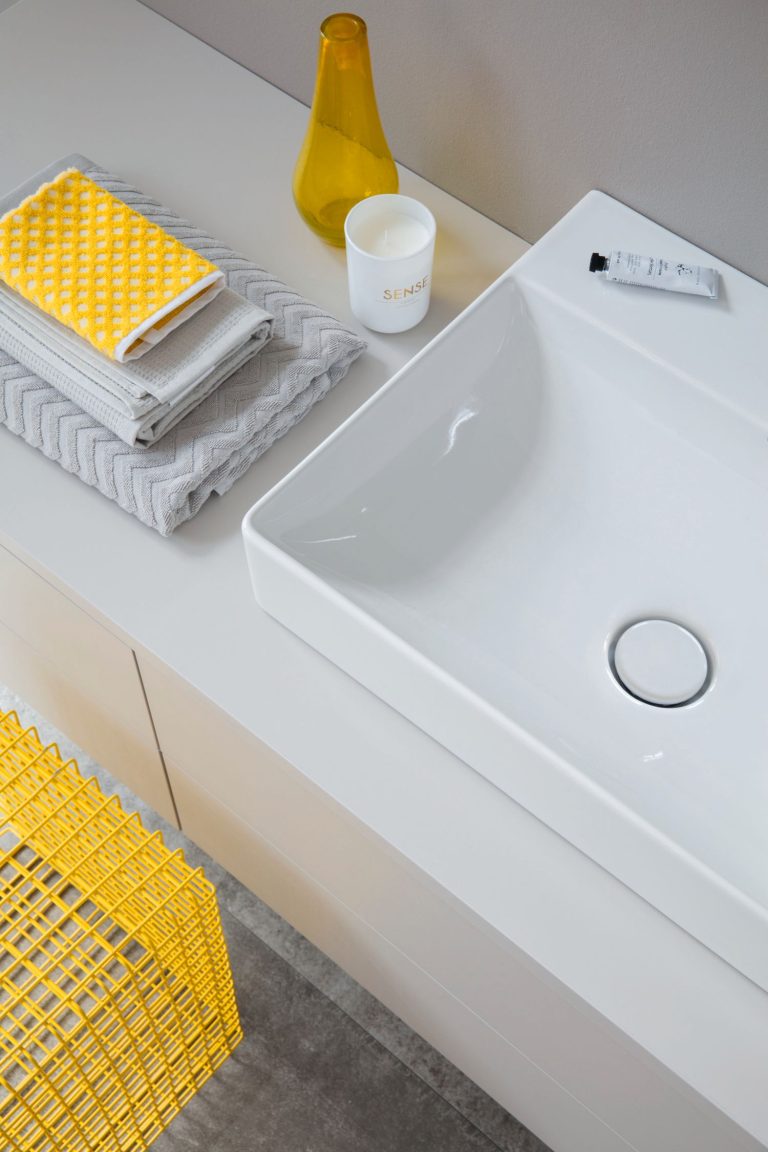To support its new Summer 2025 Collection, Bathrooms to Love by PJH has introduced a range of new point-of-sale materials designed to drive showroom sales and communicate the brand’s credentials to consumers.
Building on its already extensive range of point-of-sale promotional material, such as sample boards, swatches, stickers, tags, window vinyls, and strut cards, Bathrooms to Love is pleased to offer an enhanced choice of options to support its stockist partners further. In addition, following a recent subtle update to the Bathrooms to Love logo, the refreshed identity is now being rolled out across all point-of-sale items.
Perfect for communicating the increased choice of metallic finishes across its comprehensive tap, shower and accessory collections, the new Brassware Colour Swatch Pack (pictured above), features Matt Black, Brushed Brass, Brushed Bronze and Chrome finishes to help guide consumers through their buying journey.
As wetrooms typically require a larger footprint, it’s not always practical to display all designs in store. That’s why this handy new Wetroom Colour Swatch Pack (pictured left) – a compact and convenient A5 Booklet – is an ideal showroom tool. By showcasing all the profile finishes available for the RefleXion Iconix Wetroom Collection from Bathrooms to Love, consumers can compare metallic tones and textures to help coordinate bathroom designs.
New Bathrooms to Love Brochure Holders and Acrylic Wall Plaques (in gold or white) now feature the enhanced logo, as well as new look Take-away A5 Range Cards (including the new 2025 products) and furniture Strut Cards. These essential ‘silent salesmen’ are a must-have for any Bathrooms to Love showroom. The full range of point-of-sale is free to qualifying customers and can be easily ordered via PJH’s Partners Portal for speedy next day delivery.
Commented Sally Hough, multi-channel marketing manager, PJH: “We are committed to continuously investing in and developing our Bathrooms to Love brand in response to ongoing customer feedback and market trends. Providing targeted support at the point of sale is essential, and works in harmony with our other Bathrooms to Love sales tools, such as augmented reality, social media, product videos, website activity, brochures, and of course, our ‘First Choice’ customer service promise.”
For further information on the latest range of point-of-sale materials from Bathrooms to Love, as well as display deals, contact your Regional PJH Sales manager or head to the PJH Partners Portal: www.partners.pjh.uk.
Alternatively, contact Bathrooms to Love on T: 0800 8 77 88 99 or visit www.bathroomstolove.uk.


